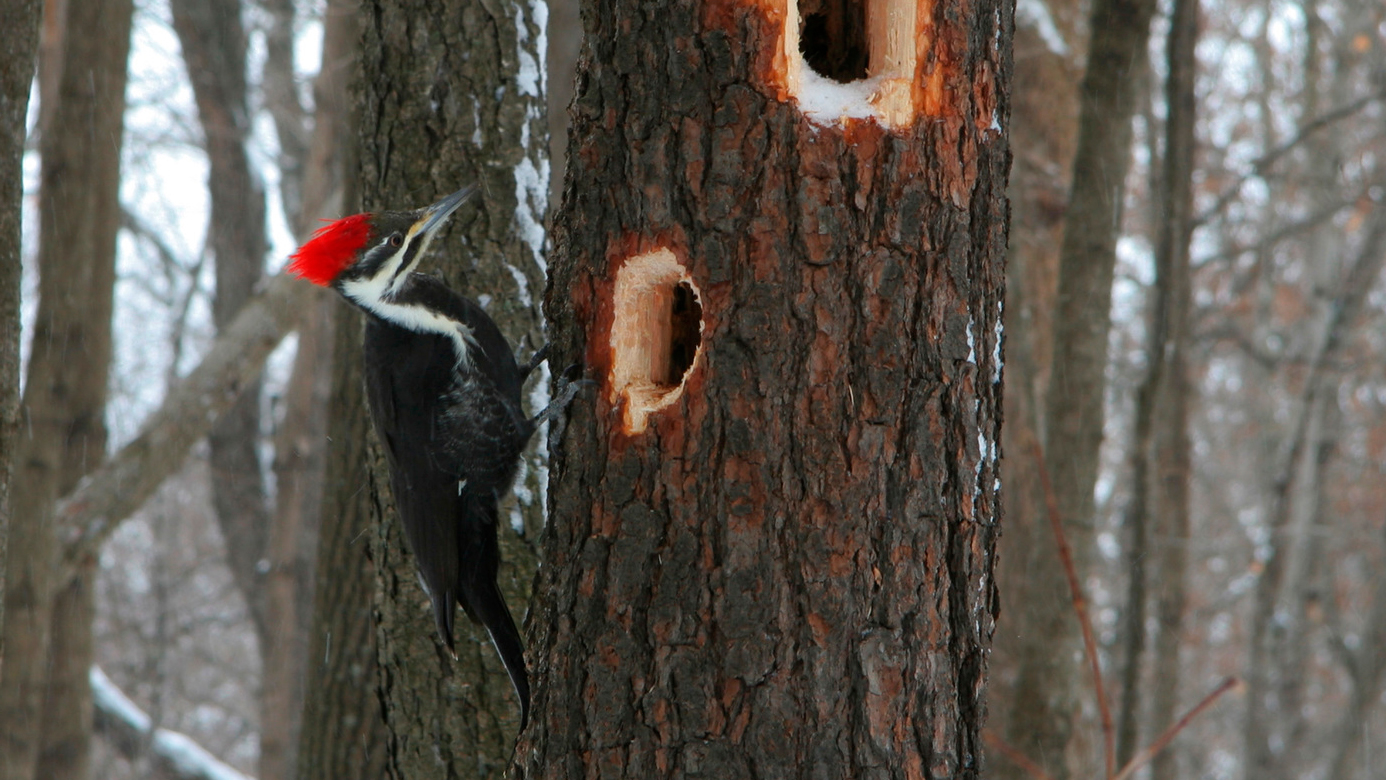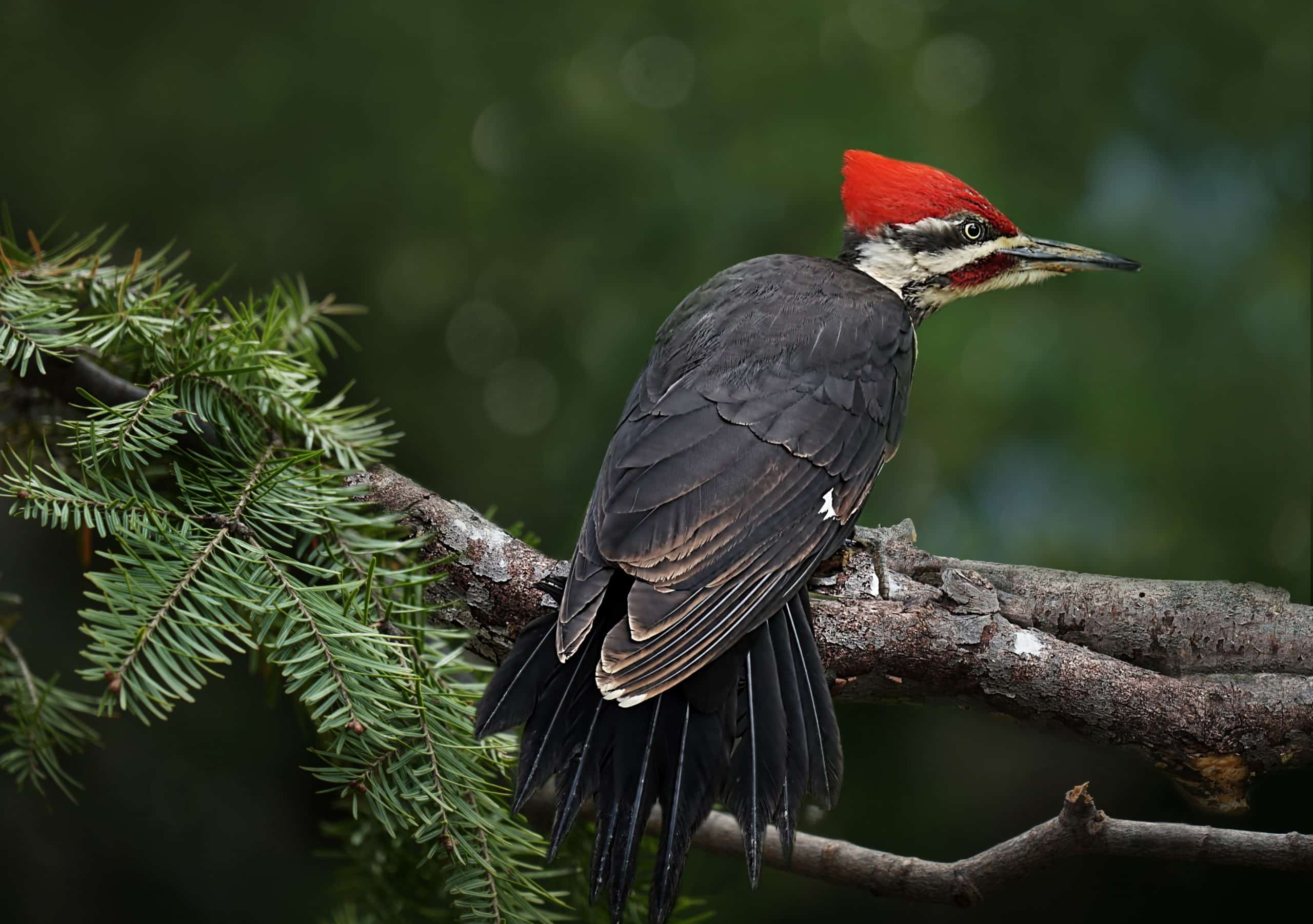Revealing the Secrets of Woodpeckers: Actions, Environment, and A Lot More
Woodpeckers, with their special habits and specialized adjustments, have long attracted scientists and nature lovers alike. These remarkable birds have a series of interesting tricks that clarified their survival methods, habitat preferences, and intricate communication approaches. By uncovering the mysteries surrounding woodpeckers' actions and environment selections, a deeper understanding of these avian wonders emerges, providing a peek into their remarkable globe. So, what makes these birds really exceptional, and exactly how do they navigate their environment with such accuracy and skill? Let's check out the captivating world of woodpeckers and untangle the enigmatic information that make them such fascinating subjects of research study.
Woodpecker Behavior Insights
In examining woodpecker actions, a fascinating display screen of specialized skills and adjustments emerges, losing light on their amazing ecological niche - Woodpeckers in Florida. Woodpeckers, known for their unique drumming on trees, possess a selection of behavioral qualities that add to their survival and success in their atmosphere. One key actions is their drumming, which offers multiple functions such as interaction, establishing area, drawing in mates, and locating food resources. This balanced pecking likewise showcases their remarkable strength and endurance, as they can hammer away continually at high rates without triggering harm to themselves.
In addition, woodpeckers show an unique feeding actions defined by their capacity to essence bugs from tree bark utilizing their specialized beaks. Their lengthy, barbed tongues aid in catching victim, while their solid neck muscle mass offer security and accuracy throughout pecking movements. This feeding approach permits woodpeckers to gain access to concealed insect larvae and remove them with remarkable performance.
Environment Preferences and Option
What variables affect the environment preferences and option of woodpeckers? One critical aspect influencing woodpecker environment selection is the accessibility of suitable nesting websites. Woodpeckers normally prefer woodlands with a mix of fully grown trees that give enough opportunities for tooth cavity excavation.
Furthermore, woodpeckers show a choice for environments with an abundant supply of food resources. They are mostly insectivorous, feeding upon beetles, ants, larvae, and other pests found in decaying timber or tree bark. Therefore, woodpeckers often tend to prefer wooded areas with a diverse insect populace to satisfy their nutritional requirements.
Furthermore, the presence of dead or rotting trees is another crucial element in woodpecker habitat choice. These trees not only supply food sources however also provide appropriate substratum click to read more for cavity excavation. Dead trees are crucial for the upkeep of healthy woodpecker populaces, as they play a vital function in the woodpeckers' life cycle and environment characteristics.
Feeding Practices and Diet Plan Structure
Woodpeckers show a specialized feeding actions concentrated on foraging for bugs within various environments. Their diet regimen primarily consists of pests such as beetles, ants, caterpillars, and spiders, which they situate by touching on tree site here bark and paying attention for the noise of movement inside. Woodpeckers use their strong beaks to drill right into the timber and their long, barbed tongues to extract prey from gaps. In enhancement to pests, woodpeckers likewise consume tree sap, fruits, nuts, and seeds, adding selection to their diet plan depending on the season and accessibility of food resources.
The foraging strategies of woodpeckers are well-adapted to their arboreal lifestyle (Woodpeckers in Florida). Their capability to dig deep into timber not just offers them with food however also helps in developing nesting tooth cavities and establishing regions. Woodpeckers play an essential duty in keeping the wellness of forests by managing insect populaces and assisting in the decay of timber. Understanding their feeding habits and diet make-up is vital for conservation initiatives focused on preserving these special and important birds.
Drumming Sounds and Communication
Using rapid drumming noises on different surfaces, woodpeckers utilize a distinct type of interaction to indicate region boundaries and bring in companions. This drumming actions is not only a method of communication yet likewise functions as a way for woodpeckers to develop their visibility within a certain area. The intensity, rate, and pattern of the drumming can share crucial information to various other woodpeckers in the location.
Woodpeckers make use of drumming sounds to introduce their presence in an area why not look here and to alert off possible intruders. The loud and repetitive nature of the drumming works as a clear signal to other woodpeckers that the location is currently asserted. This aids in decreasing conflicts and reducing physical fights between individuals.

Survival Adaptations and Specialized Composition

Verdict
Finally, woodpeckers display special habits, such as drumming noises for communication, and have actually specialized makeup for survival in their picked environments. Their feeding practices and diet make-up further demonstrate their adaptability to numerous environments. By understanding these aspects of woodpeckers, scientists and conservationists can much better shield and maintain these fascinating birds and their ecological communities.